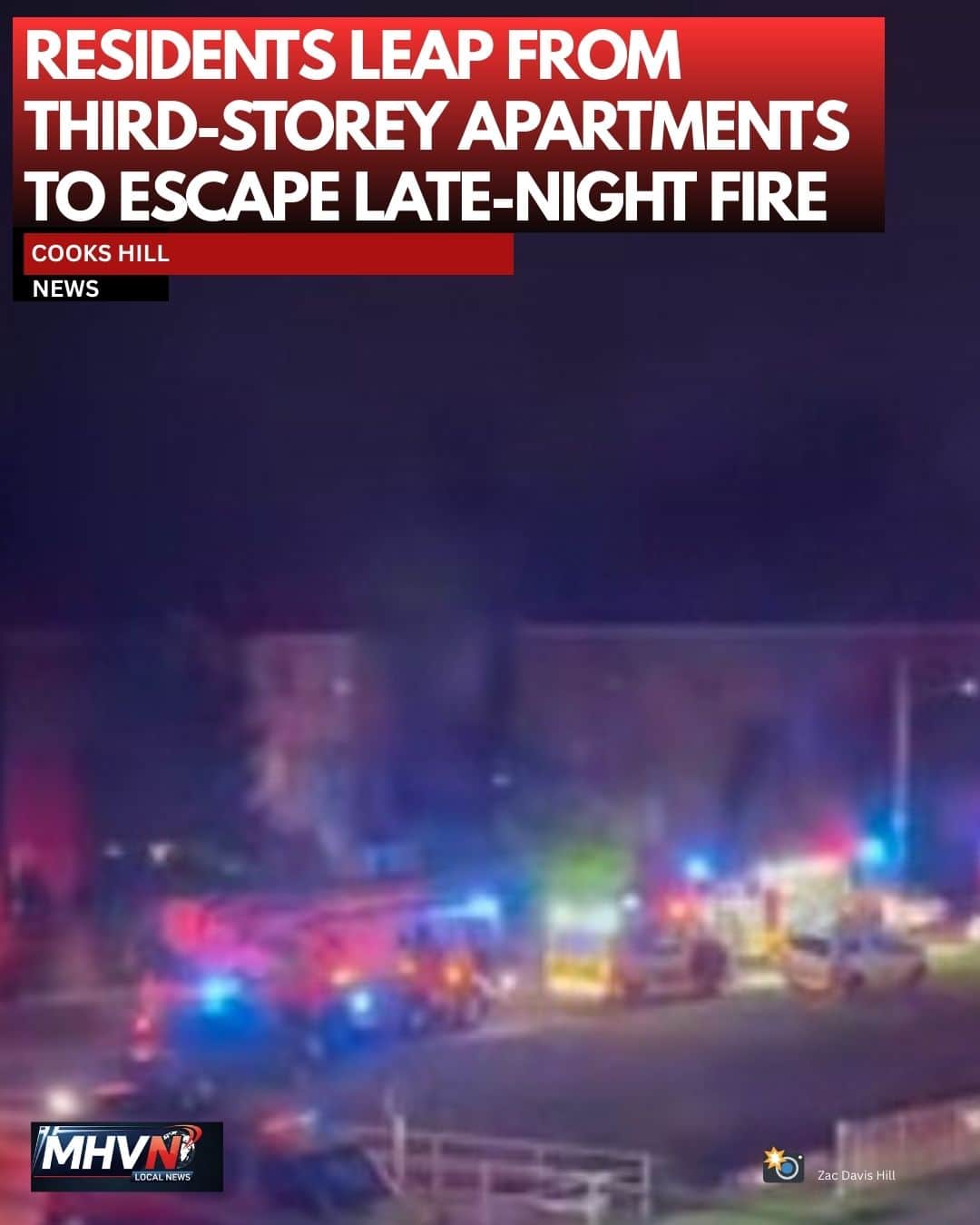In the wake of a series of minor tremors in the Hunter region, anti-nuclear activists and politicians have wasted no time jumping on the fear bandwagon. The narrative they’re peddling is simple but misleading: earthquakes in the area make the Hunter a risky choice for nuclear power. However, a closer look at both Australia’s seismic history and modern nuclear reactor design reveals that this argument is more about fear-mongering than genuine concern for public safety.
Let’s start with the facts. Australia is one of the most stable landmasses on the planet, sitting firmly in the middle of the Indo-Australian tectonic plate. This location puts it far from the active plate boundaries that produce the world’s largest and most devastating earthquakes. The largest earthquake ever recorded on the continent was the Meckering earthquake in Western Australia in 1968, which registered a magnitude of 6.5. Despite the significant shaking and ground rupture it caused, there were no fatalities and the damage was limited, even in an era when building codes were far less stringent than they are today.
You're Missing the Best Part!
This article is exclusively for Gold Members — our most loyal and informed readers.
Join today to unlock the full story, enjoy an ad-free experience, and support independent local journalism.
Start your 2-week free trial — then it’s less than $1/month. Cancel anytime.
Already a member? Login here












